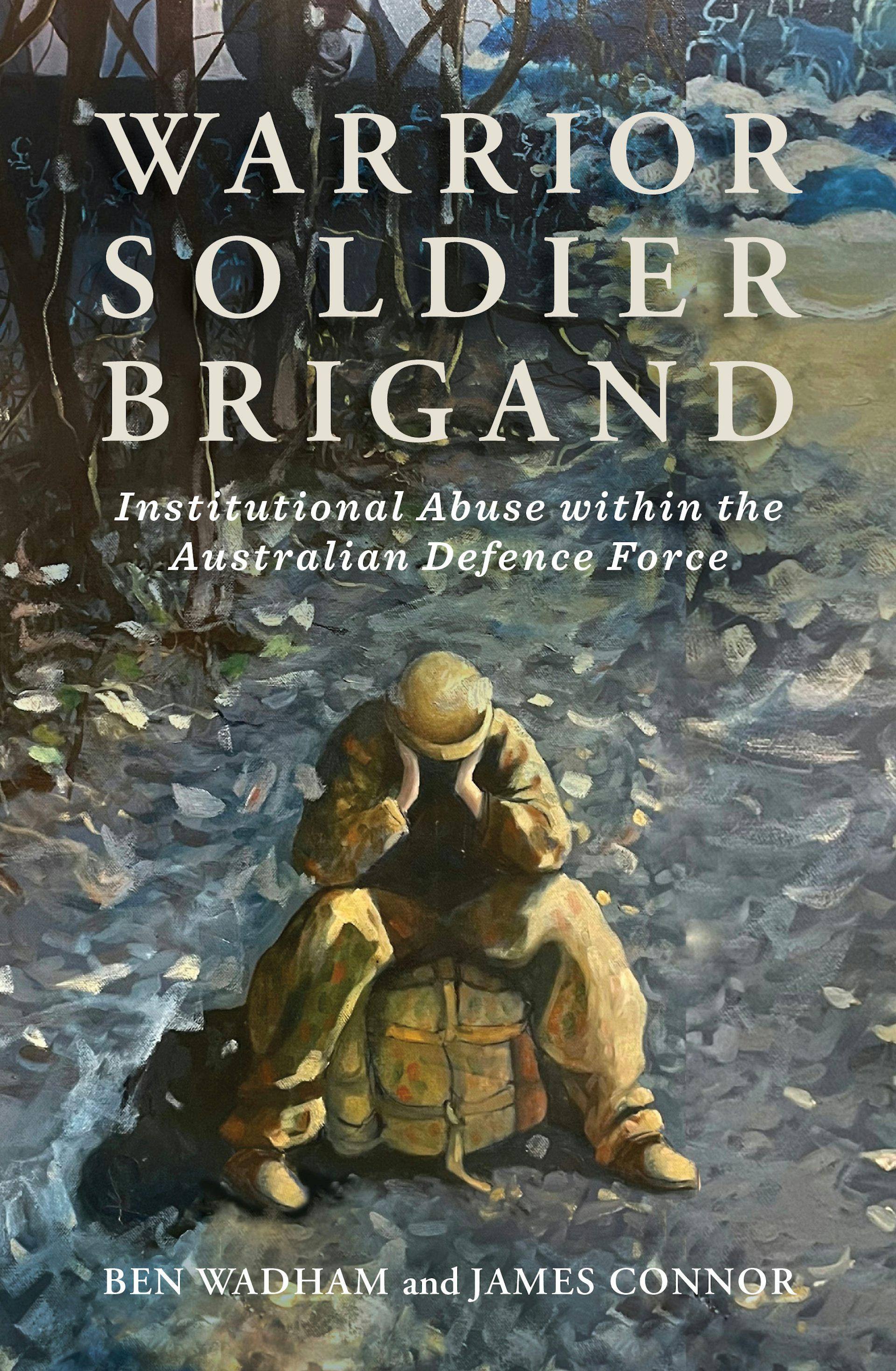(MENAFN- Asia Times)
“Participants expected the costs of war, but they were not prepared for the costs of service,” explain Ben Wadham and James Connor in their new book, the first independent study of military institutional abuse in the Australian Defence Force.
Warrior, Soldier, Brigand draws on interviews with nearly 70 survivors and analyses every review and inquiry into military culture (35 in total) since the Vietnam War.
It's a harrowing account of more than a century of widespread institutional abuse in Australia's military forces. Brutality was systematically inflicted on junior cadets, who were beaten, violated and humiliated under the rationale of“bastardization.” In a hypersexualized culture, misogyny and gender-based violence were endemic.
Women were in constant danger of sexual assault from their peers and superiors. This abuse was often compounded by a“second assault,” where victims were punished for reporting, with administrative abuse and“mob justice.”
The terms“warrior, soldier, brigand”, which describe different military identities, are contested (as the authors concede). The Brereton report, which found“credible” information to implicate 25 current or former Australian special forces personnel in the unlawful killing of 39 people in Afghanistan, also found that alleged war criminals self-identified as“warrior heroes”.

But the authors don't use these terms to make sense of their findings. They use the key values they identify in Australian military culture: martial, fraternal and exceptional. These values, they show, are twisted into an obsession with violence, exclusivity and elitism within the Australian Defence Force.
The book begins by outlining the“character of military institutional abuse” before focusing on different kinds of abuse in three eras: bastardization (1969–87), gender-based violence (1987–96), and administrative abuse and military justice reform (1996–2011). This violence, the authors write, serves to maintain the military institution.
The final two chapters explore cultural reviews of the Australian Defence Force from 2011 to 2022. They reveal how patterns of abuse continue to the present day, as well as survivors' experiences of abuse. The book ends by asking whether an institution like the Australian Defence Force can act ethically in the world.
Hazing or torture?
Bastardisation is explained as a form of fraternal violence. It brutalizes those perceived to be inferior to foster a brotherhood that is“exclusive, defensive, and aggressive in sustaining its dominance.”
The authors trace the origins of bastardization to“fagging” at British private schools: a tradition of older boys using younger boys as servants and ritually humiliating them. When the Royal Military College was established at Duntroon in 1911, similar practices immediately emerged.
Bastardization is rationalized by the belief that breaking down individuals allows them to be rebuilt into a cohesive unit. These hazing rituals form lifelong bonds among perpetrators:“As young men gain rank and status, their brotherhood extends to command and the governance of the ADF.”
MENAFN04102024000159011032ID1108746333
Legal Disclaimer:
MENAFN provides the information “as is” without warranty of any kind. We do not accept any responsibility or liability for the accuracy, content, images, videos, licenses, completeness, legality, or reliability of the information contained in this article. If you have any complaints or copyright issues related to this article, kindly contact the provider above.